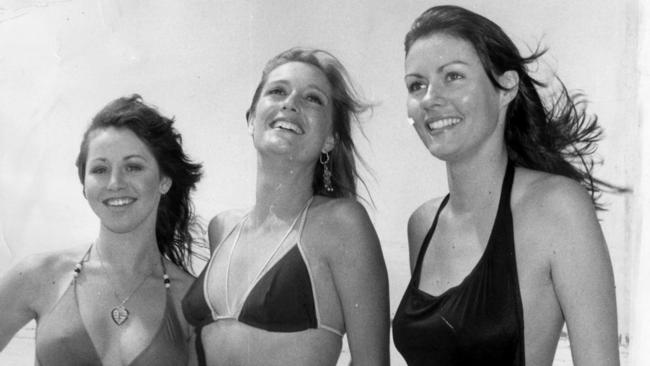
Our clapped-out Chevrolet was barely sufficient to get us around town, let alone to an exotic destination. We lived in a hyper-local community. A bus service was required to connect many of the townsfolk to church just 2km away. The working men walked or rode bikes to work – and back home for lunch.
A journey to Melbourne involved a three-hour train trip, happily chatting with other country people we didn’t know. Nearby towns – part of the local football league – were foreign places. Nice enough but our town was best.
My first trip outside Victoria as an 11-year-old in 1968 involved travelling by car to Mt Gambier to visit my oldest brother, who was working there. I was struck by the exotica of South Australia’s Stobie power poles, made of concrete and steel.
Another brother travelled by plane from Melbourne to the Gold Coast for a holiday and said there were no clocks in Surfers Paradise because Queenslanders “wanted you to forget time”. Those interstaters sure were tricky.
Everything changed in the 1970s. The wealth of the nation improved, most likely due to the mining and export trade. We finally threw off the shackles, the scars, of the Great Depression and World War II. The car usurped the train as the preferred method of connecting our town with Melbourne. Women were more prominent in the workforce. Medibank, fee-free tertiary education, Bankcard and colour TV all surfaced. At 18 I bought my first car, in 1975 for $500, which I earned hay carting over a summer. The Torana gave me no end of trouble but it got me around and widened my horizons.
Places like Sea World emerged as the must-see destination for a burgeoning middle class.
The first time I heard the word “Bali” was in 1978. It was as if a new holiday planet had been discovered. All of a sudden, Australia’s travel horizons had expanded overseas to nearer places than London. Then came Fiji, Phuket, Byron Bay and Port Douglas.
The car, the two-income household, cheap air travel and an intrinsic Australian penchant for travel supported these ever-widening horizons. Our travel and holiday destinations evolved in response to rising wealth and the leveraging of leave entitlements.
Some argue that because close to 30 per cent of Australians were born overseas, we’re forever shuttling back and forth to New Zealand, the UK, China and India.
However, I think we are far more worldly, for want of a better word, than the Americans.
We have evolved unique terms, like “gap year”, to explain our travel obsessions.
The New Zealanders are also big travellers. They refer to their “OE”, or overseas experience (gap year).
Maybe this is part of the Antipodean deal.
We get to live this quality of life, generally with access to a separate house on a separate block of land, and have the freedom of car travel. It’s all part of the compensation package for living so far from the rest of the humanity.


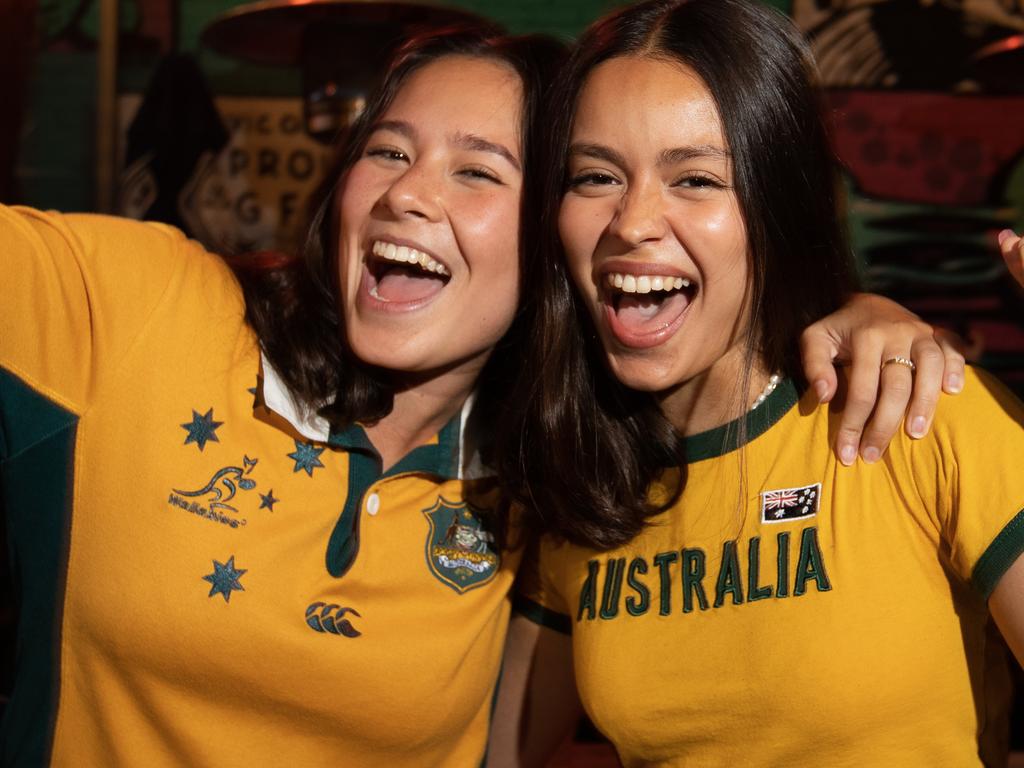

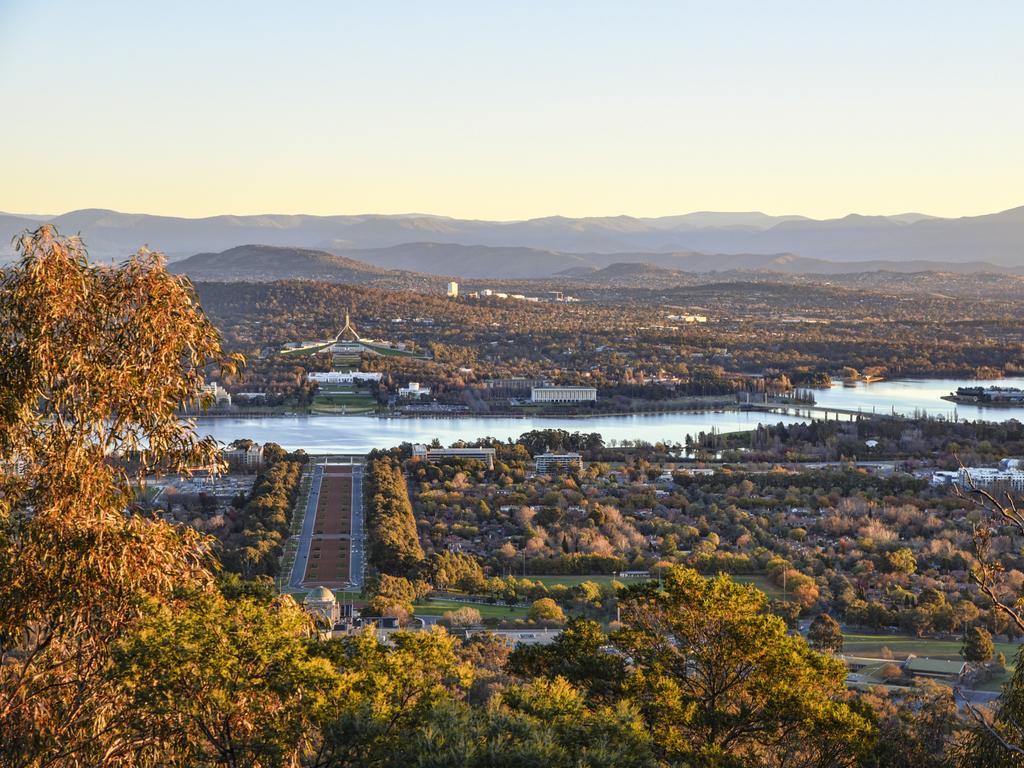
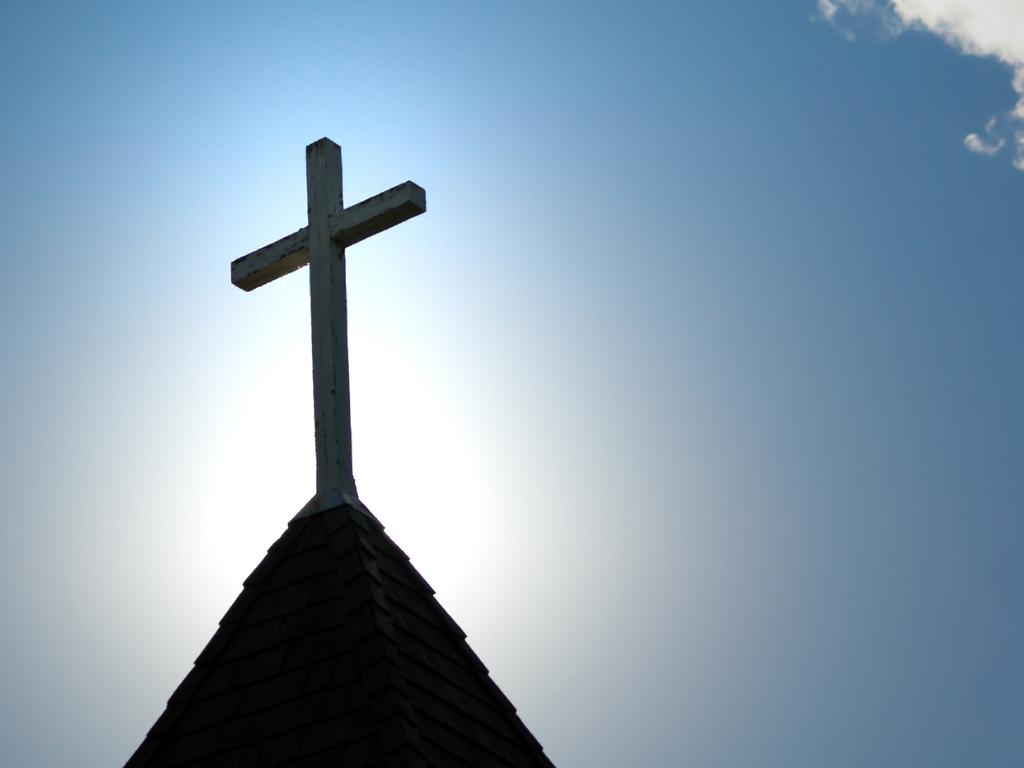
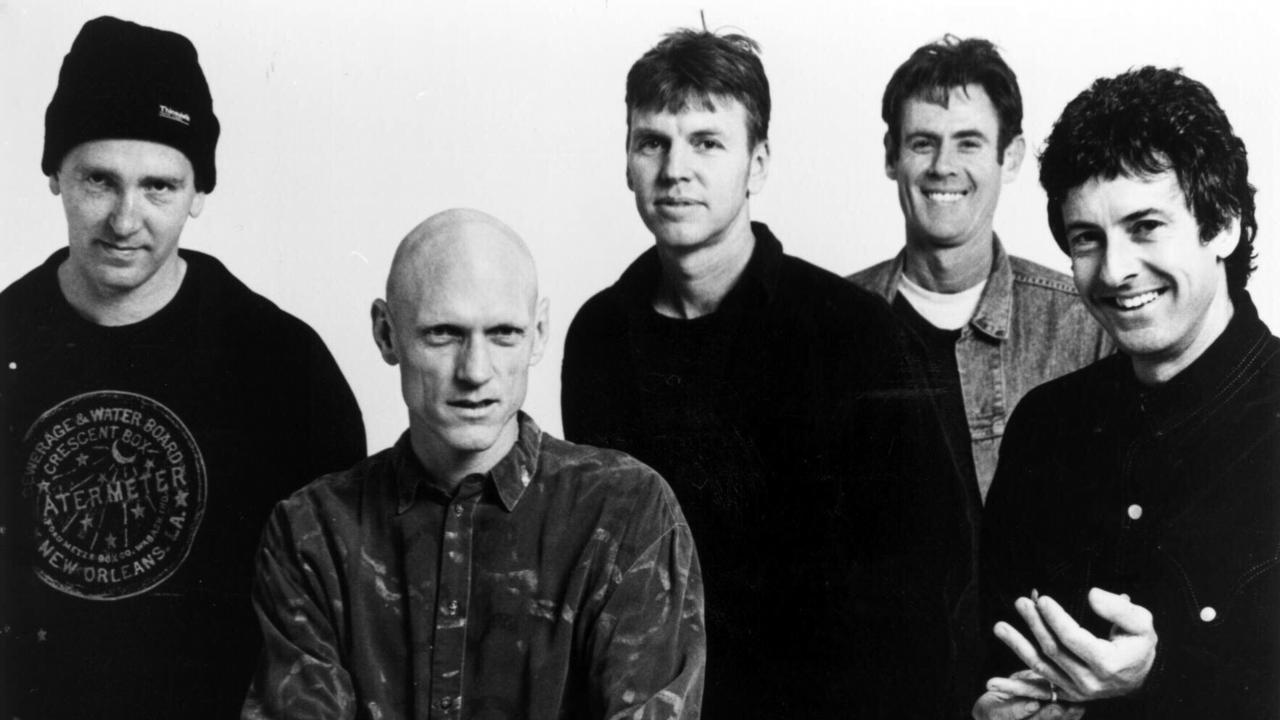

When I was a kid growing up in country Victoria in the 1960s, my world view was shaped by my family’s ability to travel. Then, cars were far from reliable and their use was not widespread for everyday families.